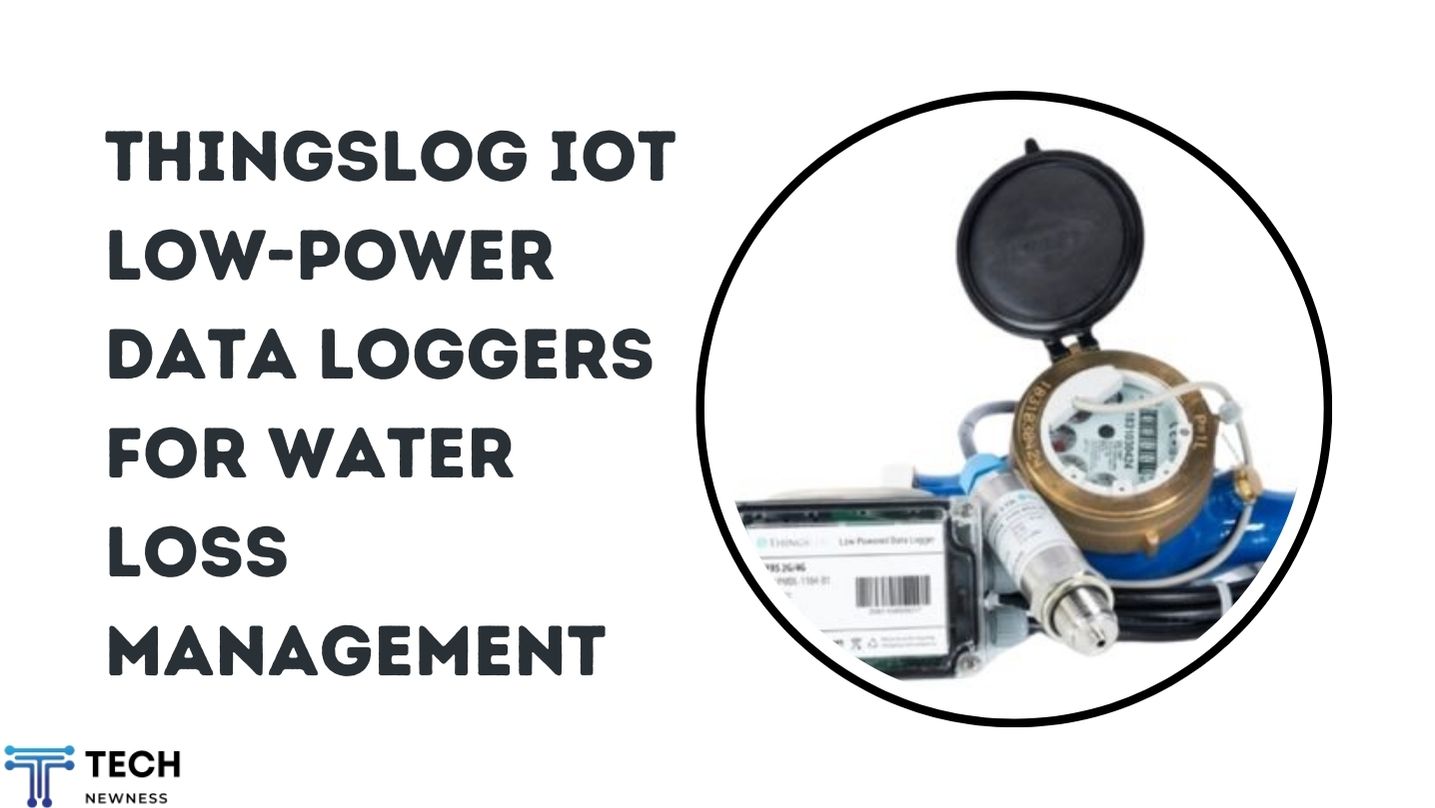The delivery of chemicals is a critical operation across various industries, from pharmaceuticals and agriculture to manufacturing and energy. However, the process of transporting chemicals is fraught with risks, given the potentially hazardous nature of these substances. Ensuring safety in chemical delivery is not only a legal obligation but also a moral and economic imperative for businesses. This article explores the key practices and compliance guidelines necessary to ensure the safe delivery of chemicals, highlighting the importance of adopting advanced technologies such as chemical delivery software to streamline and enhance safety measures.
The Importance of Safety in Chemical Delivery
Transporting chemicals poses unique challenges due to the potential hazards associated with these substances. Chemicals can be toxic, flammable, corrosive, or reactive, making them dangerous not only during transportation but also in the event of spills or leaks. The consequences of mishandling chemicals during delivery can be catastrophic, leading to environmental contamination, health risks, property damage, and significant financial losses. Therefore, ensuring the safe delivery of chemicals is essential to protect people, property, and the environment.
In addition to the immediate risks, non-compliance with safety regulations can result in severe legal penalties. Regulatory bodies such as the Occupational Safety and Health Administration (OSHA) in the United States, the European Chemicals Agency (ECHA) in Europe, and similar organizations globally, have stringent guidelines for the transportation of hazardous materials. Compliance with these regulations is mandatory, and failure to do so can result in fines, lawsuits, and damage to a company’s reputation.
Key Practices for Safe Chemical Delivery

To ensure the safe delivery of chemicals, companies must adopt a comprehensive approach that encompasses proper planning, employee training, the use of appropriate equipment, and continuous monitoring. Here are some key practices that can help achieve this:
- Risk Assessment and Hazard Identification
The first step in ensuring safe chemical delivery is conducting a thorough risk assessment. This involves identifying the specific hazards associated with the chemicals being transported, such as their flammability, toxicity, or corrosiveness. Understanding these risks allows companies to develop appropriate safety measures and contingency plans.
Hazard identification should also include assessing the potential risks along the delivery route, such as traffic conditions, weather, and proximity to populated areas. By identifying potential hazards, companies can take proactive steps to mitigate risks, such as selecting safer routes or implementing additional safety measures. - Employee Training and Competency
Proper training is essential for all employees involved in the chemical delivery process. This includes drivers, handlers, and supervisors who must be aware of the hazards associated with the chemicals they are transporting and the safety protocols that must be followed. Training should cover the proper handling, loading, and unloading of chemicals, as well as emergency response procedures in the event of a spill or accident.
Ongoing training and competency assessments are also important to ensure that employees remain up-to-date with the latest safety practices and regulatory requirements. Companies should establish a training program that includes both initial and refresher courses to maintain a high level of safety awareness. - Use of Appropriate Equipment and Vehicles
The selection of appropriate equipment and vehicles is crucial for the safe delivery of chemicals. Vehicles used for chemical transportation must be properly maintained and equipped with safety features such as spill containment systems, fire suppression equipment, and adequate ventilation. The choice of containers and packaging materials is also important, as they must be compatible with the chemicals being transported and capable of withstanding the rigors of transportation.
Regular inspections and maintenance of vehicles and equipment are essential to ensure they remain in good working condition. Companies should establish a preventive maintenance program that includes routine inspections, repairs, and testing of safety equipment to prevent accidents caused by equipment failure. - Chemical Delivery Software
In today’s digital age, the use of advanced technologies such as chemical delivery software can significantly enhance safety in chemical transportation. Chemical delivery software provides a centralized platform for managing all aspects of the delivery process, from order processing and route planning to tracking and reporting.
One of the key benefits of chemical delivery software is its ability to provide real-time visibility into the delivery process. This allows companies to monitor the location of their vehicles, track the status of deliveries, and receive alerts in the event of delays or incidents. By providing real-time data, chemical delivery software enables companies to respond quickly to any issues that arise, minimizing the risk of accidents and ensuring that deliveries are completed safely and on time.
Chemical delivery software also helps companies maintain compliance with regulatory requirements. The software can be configured to ensure that all necessary documentation, such as Safety Data Sheets (SDS) and shipping manifests, is generated and stored electronically. This not only simplifies compliance but also reduces the risk of human error, which can lead to regulatory violations and safety breaches. - Safe Loading and Unloading Procedures
Loading and unloading chemicals are critical operations that require strict adherence to safety protocols. Improper handling during these processes can lead to spills, leaks, and exposure to hazardous substances. Companies should establish standard operating procedures (SOPs) for loading and unloading that include guidelines for proper lifting techniques, the use of personal protective equipment (PPE), and spill containment measures.
It is also important to ensure that the equipment used for loading and unloading, such as pumps, hoses, and valves, is compatible with the chemicals being transported and is regularly inspected and maintained. Employees involved in these operations should be trained to recognize potential hazards and take appropriate actions to prevent accidents. - Emergency Response Planning
Despite the best efforts to ensure safety, accidents can still occur during the delivery of chemicals. Therefore, it is essential to have a robust emergency response plan in place to address potential incidents. The emergency response plan should include procedures for containing spills, evacuating affected areas, and notifying emergency services.
Companies should also conduct regular emergency drills to ensure that employees are familiar with the response procedures and can act quickly and effectively in the event of an incident. Additionally, companies should establish relationships with local emergency responders and provide them with information about the chemicals being transported to facilitate a coordinated response in the event of an emergency. - Documentation and Record Keeping
Proper documentation and record keeping are essential for maintaining compliance with regulatory requirements and ensuring the safe delivery of chemicals. Companies must keep detailed records of all aspects of the delivery process, including risk assessments, employee training, equipment inspections, and incident reports.
Chemical delivery software can streamline this process by automating the generation and storage of documentation. This not only simplifies record keeping but also ensures that all necessary information is readily available for regulatory inspections or audits.
Compliance Guidelines for Chemical Delivery

In addition to adopting key safety practices, companies must also ensure compliance with regulatory requirements for the transportation of chemicals. These regulations vary by country and region, but they generally include guidelines for the classification, packaging, labeling, and documentation of hazardous materials. Here are some of the key compliance guidelines that companies must follow:
- Classification of Hazardous Materials
Chemicals must be properly classified based on their physical and chemical properties, such as flammability, toxicity, and corrosiveness. This classification determines the specific safety measures that must be taken during transportation, as well as the appropriate labeling and documentation requirements.
Regulatory bodies such as the United Nations (UN) have established a globally harmonized system (GHS) for the classification and labeling of chemicals. Companies must ensure that their chemical deliveries comply with the GHS guidelines, as well as any additional requirements imposed by local regulatory authorities. - Packaging and Labeling Requirements
The packaging used for chemical transportation must be designed to prevent leaks, spills, and contamination. Packaging materials must be compatible with the chemicals being transported and capable of withstanding the rigors of transportation. In addition, packaging must be properly labeled with information such as the chemical name, hazard classification, and handling instructions.
Labels must also include hazard symbols and precautionary statements in accordance with GHS guidelines. Companies should ensure that all packaging and labeling requirements are met before transporting chemicals to avoid regulatory violations and ensure the safety of employees and the public. - Documentation and Shipping Papers
Proper documentation is essential for the safe and compliant transportation of chemicals. This includes shipping papers, Safety Data Sheets (SDS), and any other required documentation that provides information about the chemicals being transported, their hazards, and the appropriate safety measures.
Shipping papers must include information such as the chemical name, hazard classification, quantity, and destination. SDS must be provided for each chemical being transported and must include detailed information about the chemical’s properties, hazards, and emergency response procedures.
Companies must ensure that all required documentation is completed accurately and accompanies the chemical shipment. Chemical delivery software can help automate the generation and management of documentation, reducing the risk of errors and ensuring compliance with regulatory requirements. - Training and Certification Requirements
Employees involved in the transportation of hazardous materials must receive appropriate training and certification to ensure they are competent in handling these materials safely. This includes training on hazard recognition, safe handling procedures, emergency response, and regulatory requirements.
In many countries, regulatory bodies such as OSHA and the Department of Transportation (DOT) in the United States require companies to provide training and certification for employees involved in the transportation of hazardous materials. Companies must ensure that their employees receive the necessary training and certification to comply with regulatory requirements and ensure the safe delivery of chemicals. - Vehicle and Equipment Inspections
Regular inspections of vehicles and equipment used for chemical transportation are essential to ensure they are in good working condition and meet safety standards. Inspections should include checks for leaks, wear and tear, and proper functioning of safety equipment such as spill containment systems and fire extinguishers.
Companies must also ensure that vehicles used for chemical transportation are properly maintained and meet regulatory requirements for hazardous materials transportation. This includes compliance with weight limits, vehicle markings, and placarding requirements. - Incident Reporting and Record Keeping
In the event of an incident during chemical transportation, companies must follow regulatory guidelines for reporting and record keeping. This includes reporting spills, leaks, or accidents to the appropriate regulatory authorities and maintaining detailed records of the incident.
Incident reports should include information such as the date and time of the incident, the chemicals involved, the cause of the incident, and the actions taken to address it. Companies must also maintain records of risk assessments, training, inspections, and any corrective actions taken to ensure compliance with regulatory requirements and improve safety practices.
The Role of Chemical Delivery Software in Compliance
Chemical delivery software plays a crucial role in helping companies maintain compliance with regulatory requirements for the transportation of hazardous materials. By providing a centralized platform for managing the delivery process, chemical delivery software streamlines documentation, training, and inspections, reducing the risk of errors and ensuring compliance with safety regulations.
One of the key features of chemical delivery software is its ability to automate the generation of shipping papers, SDS, and other required documentation. This not only simplifies the documentation process but also ensures that all necessary information is included and accurately recorded. The software can also be configured to ensure that documentation is stored electronically and is readily available for regulatory inspections or audits.
In addition to documentation, chemical delivery software can also help companies manage employee training and certification. The software can track employee training records, schedule refresher courses, and ensure that all employees involved in the transportation of hazardous materials have the necessary training and certification.
Furthermore, chemical delivery software can assist with vehicle and equipment inspections by providing a platform for scheduling and recording inspections. The software can generate inspection checklists, track inspection results, and ensure that all necessary maintenance and repairs are completed in a timely manner.
By integrating all aspects of the chemical delivery process into a single platform, chemical delivery software helps companies maintain compliance with regulatory requirements, improve safety practices, and reduce the risk of accidents and incidents.
Conclusion
Ensuring the safety of chemical delivery is a complex and critical task that requires a comprehensive approach. Companies must adopt key practices such as risk assessment, employee training, the use of appropriate equipment, and emergency response planning to minimize the risks associated with transporting hazardous materials. In addition, compliance with regulatory requirements for classification, packaging, labeling, documentation, and training is essential to avoid legal penalties and protect the safety of employees and the public.
The use of advanced technologies such as chemical delivery software can significantly enhance safety and compliance in chemical transportation. By providing real-time visibility, automating documentation, and streamlining training and inspections, chemical delivery software helps companies manage the delivery process more effectively and reduce the risk of accidents and regulatory violations.
Ultimately, the safe delivery of chemicals is not only a legal obligation but also a moral and economic imperative. By adopting best practices and leveraging advanced technologies, companies can ensure the safe and compliant transportation of chemicals, protecting people, property, and the environment while maintaining their reputation and bottom line.
See Also: The Wuthering Waves Convene Tracker System: An Ultimate Guide





